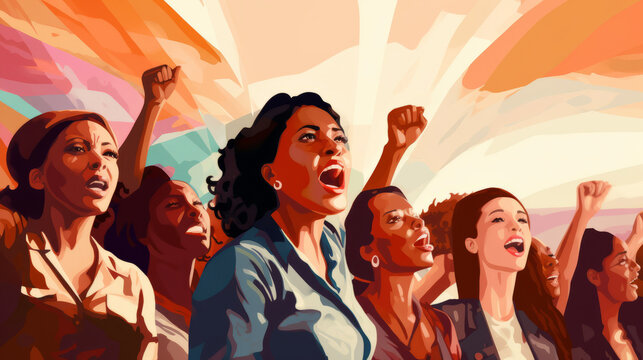
Empowering Women in India: Progress, Challenges, and the Path Forward
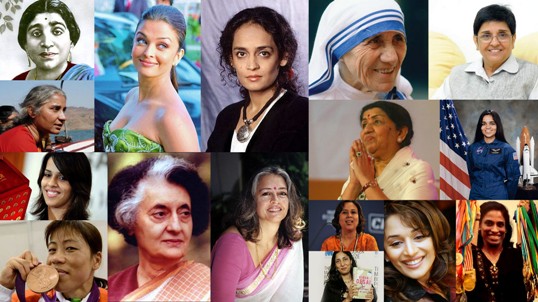
India, a nation renowned for its cultural variety, has long been acknowledged for its notable advancements across a range of disciplines.
Nonetheless, women’s empowerment is one area where progress is still desperately needed. India’s path to gender equality is a complex one that calls for resolving ingrained social norms, structural obstacles, and economic inequalities.
This article examines the advancements made in India’s women’s empowerment movement, as well as the continued difficulties and possible solutions for a more just future.
Historical Background: Gender Inequality’s Legacy
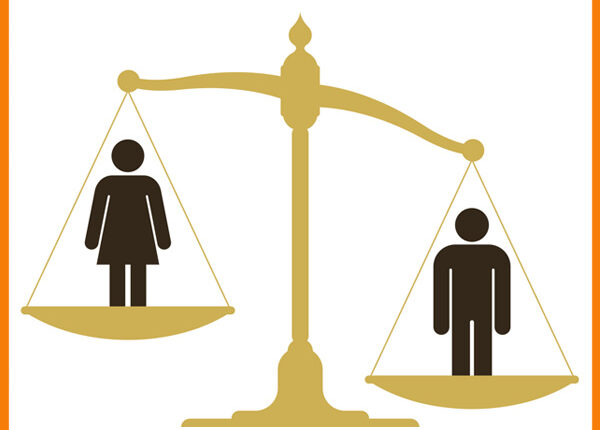
India’s past women’s empowerment plan is full of strong female leaders who made substantial contributions to the country’s society. From Sarojini Naidu to Rani Lakshmibai, women have always held important positions in history.
But patriarchal structures and conventional social conventions have frequently ignored the contributions made by women, confining them to household duties and sustaining gender disparities.
Early 20th-century social reformers like Raja Ram Mohan Roy and Ishwar Chandra Vidyasagar promoted women’s education and social changes, which led to the beginning of the Indian movement for women’s rights.
Systemic obstacles and deeply ingrained cultural norms have ensured gender inequity has continued despite these attempts.
Advances in Law and Policy
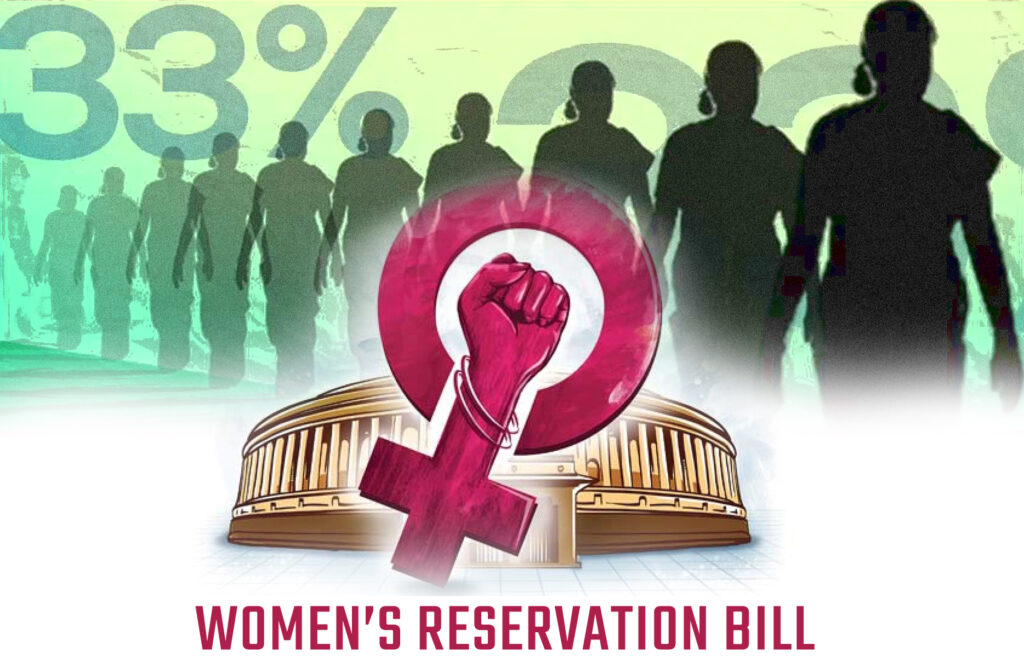
The Indian government has worked hard in the last few years to advance women’s rights through laws and other policy initiatives. Among the major projects are:
The Indian Constitution (1950): This document guarantees women’s equal rights and opportunities by enshrining the ideals of equality and non-discrimination. While Article 21 guarantees the protection of life and personal liberty, Articles 15 and 16 forbid discrimination based on gender.
The purpose of the Dowry Prohibition Act (1961) was to outlaw the practice of dowries, which has been a major contributor to discrimination against women and domestic violence.
The Domestic Violence Act of 2005

This piece of law offers victims of domestic abuse legal protection as well as remedies like compensation and protection orders.
The Act of 2013 that addresses the prevention, prohibition, and redress of sexual harassment of women in the workplace By addressing workplace sexual harassment and offering redressal methods, this Act seeks to establish a safe working environment for women.
The 2015 Beti Bachao Beti Padhao Plan
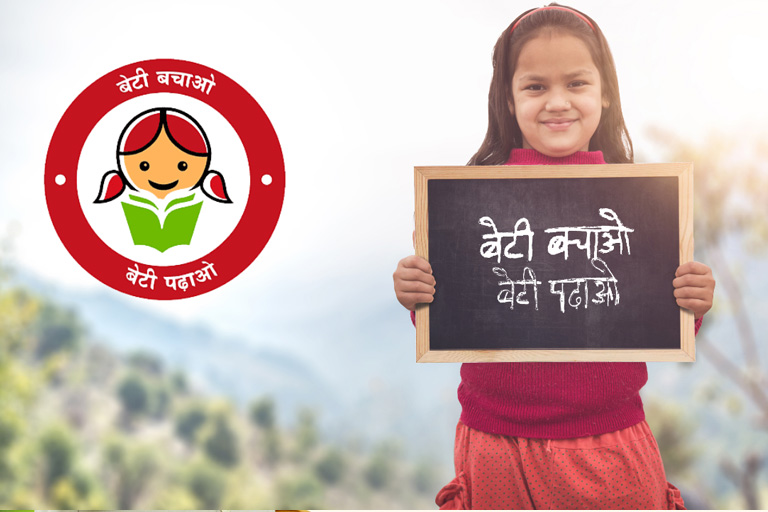
This initiative, which was started to address the falling child sex ratio and encourage girls’ education, attempts to enhance the welfare of girls by implementing a number of awareness and reward campaigns.
Though they have some drawbacks, these legislative initiatives are essential in creating a foundation for women’s empowerment.
These laws’ implementation and enforcement frequently encounter difficulties because of public opposition, poor infrastructure, and little awareness.
Financial Empowerment

One essential component of gender equality is economic empowerment. Although women’s economic engagement has increased significantly in India, there are still obstacles to overcome.
Employment and Entrepreneurship: Women in India are starting their own businesses at a rising rate thanks to government initiatives like the Pradhan Mantri Mudra Yojana (PMMY), which provides support to women-owned enterprises.
In spite of this, obstacles including restricted access to capital, market prospects, and networks frequently affect women-owned enterprises.
Workforce Participation: Compared to international norms, India’s female labour force participation rate has been very low.
This inequality is caused by a number of factors, including discrimination in the job, a lack of access to high-quality childcare, and cultural expectations.
Aiming to improve working conditions for women and extend maternity leave, initiatives such as the Maternity Benefit (Amendment) Act (2017) have attempted to address some of these problems.
Financial Inclusion: By giving women access to banking services, initiatives like the Jan Dhan Yojana have attempted to enhance the financial inclusion of women.
Microfinance efforts and financial literacy programs are essential for enabling women to make economic decisions for themselves.
Learning and Developing Skills
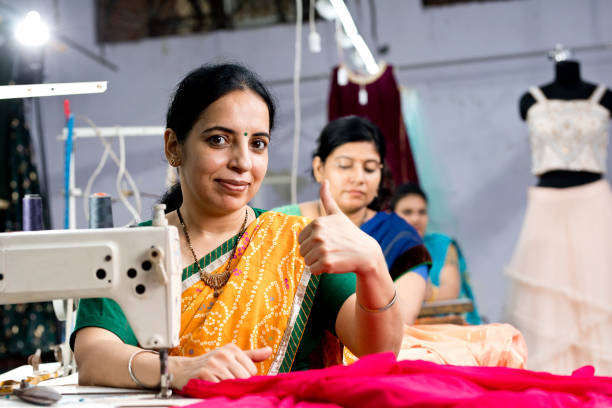
Education is an essential right and an effective means of women’s empowerment . There has been a notable improvement in female literacy rates and educational attainment in India.
Primary and Secondary Education: Girls’ school enrolment rates have increased thanks in large part to the Right of Children to Free and Compulsory Education Act of 2009. Sukanya Samriddhi Yojana is one of the initiatives that encourages families to spend money on their daughters’ education.
Higher Education: As more women pursue degrees in a variety of subjects, the number of women enrolled in higher education has increased. This advancement has been made possible in part via scholarships and reservations in educational institutions. Nonetheless, issues including dropout rates, curriculum bias against women, and safety concerns continue to exist.
Development of Skills: Deen Dayal Upadhyaya Grameen Kaushalya Yojana (DDU-GKY) and similar programs concentrate on women’s empowerment, especially those living in rural regions, with vocational training and skill development. The purpose of these programs is to improve entrepreneurship and employability.
Cultural and Social Barriers

In India, social and cultural impediments still stand in the way of women’s empowerment, notwithstanding political and economic progress.
Gender-Based Violence: There is still a great deal of concern over violence against women, which includes sexual harassment, domestic abuse, and human trafficking. It is necessary to change societal norms that enable gender-based violence by implementing awareness campaigns, changing the law, and providing support services for victims.
Patriarchal Norms: Women’s independence and opportunity are frequently restricted by ingrained patriarchal norms and conventional behaviours. Long-term change depends on initiatives to question and alter these norms by community involvement, media coverage, and education.
Health and Reproductive Rights: Women’s autonomy and well-being depend on having access to reproductive services and healthcare. Improved mother and child health is the goal of initiatives like the National Health Mission, however obstacles including a lack of awareness and a lack of proper healthcare infrastructure still exist.
The Function of Civil Society and NGOs
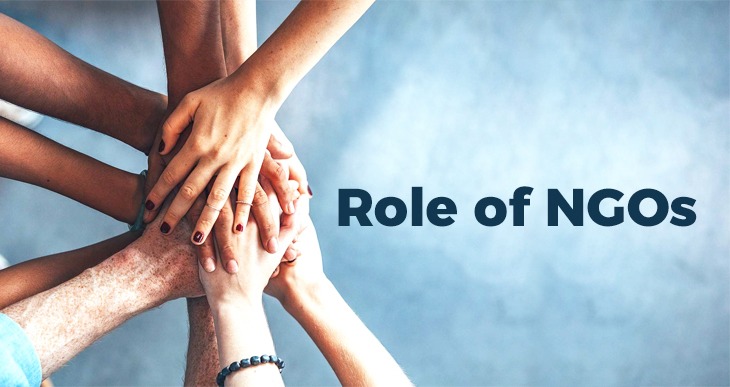
In India, civil society and non-governmental organisations (NGOs) are essential to the advancement of women’s empowerment.
Advocacy, education, and support services are among the many facets of the work done by organisations like the National Commission for Women (NCW), the Self-Employed Women’s Association (SEWA), and the Centre for Social Research (CSR) for women’s empowerment.
NGOs frequently deal with problems at the local level, helping women directly in areas including economic development, health care, and legal assistance. They are also essential in influencing legislative changes and increasing public awareness.
The Way Ahead
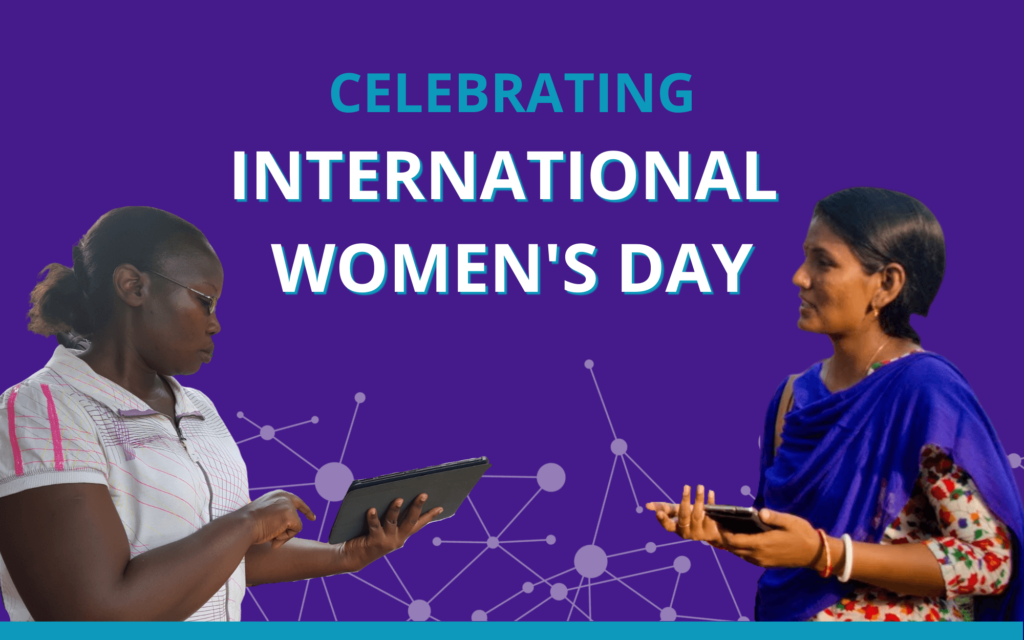
Creating a Future That Is More Inclusive
A multifaceted strategy is required to empower women in India in a meaningful and long-lasting way. Important tactics consist of:
Increasing the Effectiveness of Law Enforcement: It is imperative that current laws and policies be effectively enforced. This involves making certain that those who commit acts of violence are held responsible and that legal provisions are easily accessible.
Encouraging Gender Sensitivity: From an early age, educational initiatives and media campaigns should aim to shift public perceptions of gender roles and advance gender equality.
Improving Economic Opportunities: Economic empowerment requires removing obstacles to employment participation, expanding access to financing, and maintaining support for women’s empowerment.
Increasing Access to Healthcare and Education: It is essential for women’s and girls’ empowerment and general well-being that they have access to high-quality healthcare and education.
Engaging Men and Boys: Without the proactive participation of men and boys, gender equality cannot be accomplished. It is crucial to implement programs that involve them as allies in the fight for gender equality and the subversion of conventional wisdom.
Supporting Grassroots Initiatives: Developing community-based and grassroots organisations can help meet particular needs and bring about change on a local level.
In summary
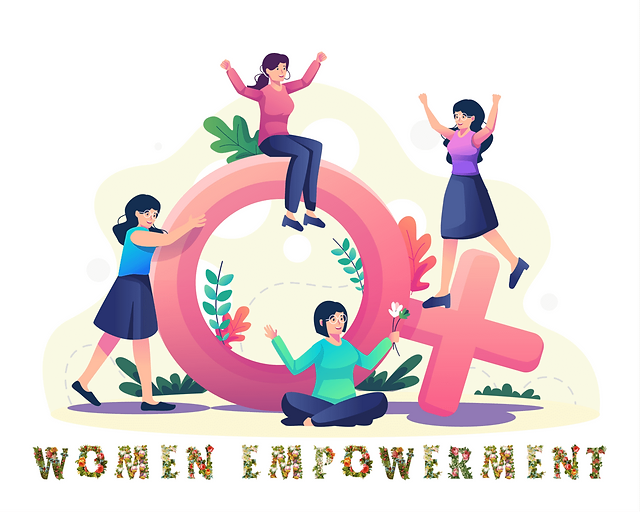
In India, the path to women’s empowerment is intricate and never-ending. Even though there has been a lot of progress, there are still issues that call for constant work and dedication from all facets of society.
India can create a more inclusive and fair future for women by tackling legislative disparities, fostering economic opportunity, and questioning traditional norms.
Not only is it an issue of justice, but women’s empowerment is also a major force behind social and economic advancement.
The goal of fostering an atmosphere that allows every woman to reach her full potential and advance her country must continue to be the centre of attention as India develops.
Working together, being creative, and having a strong commitment to gender equality are necessary for the future.
